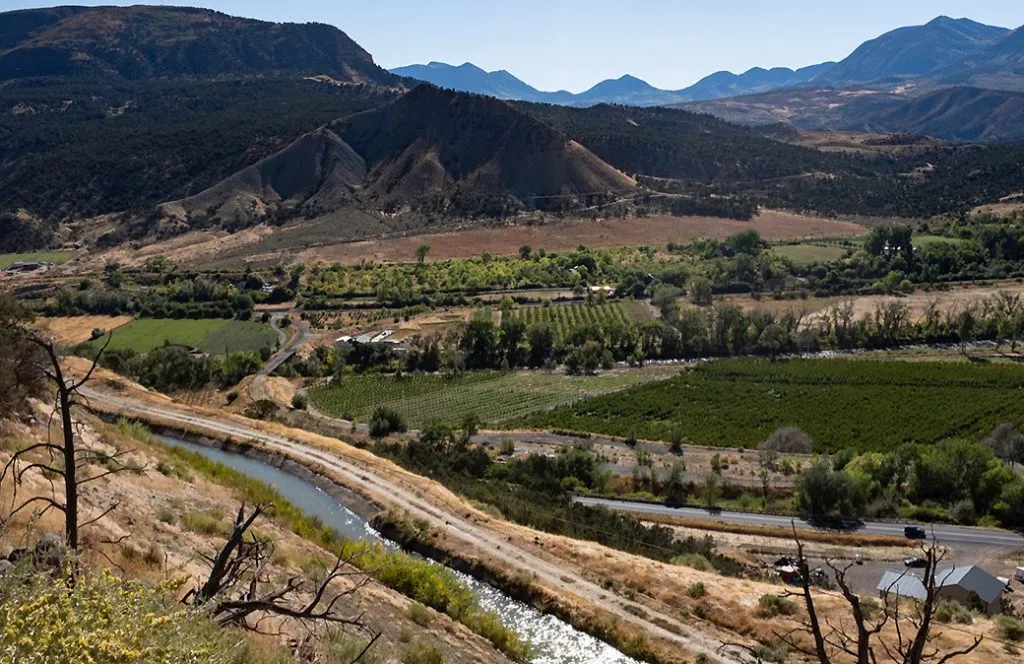Mountains, often referred to as the “water towers of the world,” are warming at an alarming rate, outpacing the warming trends observed in lowland areas. This accelerated warming, as revealed in a comprehensive review of scientific research published in Nature Reviews Earth & Environment, is causing significant shifts in temperature, rainfall, and snowfall patterns across mountain ranges globally, from the Rockies to the Alps to the Himalayas. The implications of these changes for the agriculture sector and investors are profound and multifaceted.
The research, led by Nick Pepin of the University of Portsmouth, indicates that mountains are warming by an additional 0.21 degrees Celsius per century compared to lowlands. This intensified warming is driving a transition from snowfall to rainfall and increasing the erratic nature of precipitation. For the agriculture sector, these changes pose substantial challenges. Mountainous regions and the lowlands that rely on their water supplies are home to diverse agricultural systems, including rain-fed and irrigated farming, livestock grazing, and high-value cash crops. The shift from snow to rain and the increased variability in precipitation patterns can lead to water shortages, altered growing seasons, and heightened risks of crop failures, particularly in regions dependent on glacial meltwater for irrigation.
The Himalayas, for instance, supply water to some of the world’s most populous countries, including India, China, and those in Southeast Asia. The accelerated loss of ice in this region, as highlighted in the study, threatens the water security of millions of people and the agricultural systems that sustain them. Farmers may face reduced water availability during critical growing periods, leading to decreased productivity and potential food insecurity. Additionally, the increased risk of severe rainfall and flooding, as seen in the recent devastating floods in Pakistan, can destroy crops, infrastructure, and livelihoods, further exacerbating the challenges faced by the agriculture sector.
For investors, the rapid environmental changes in mountain regions present both risks and opportunities. On the one hand, the increased frequency of extreme weather events and water scarcity can lead to financial losses for agricultural investments, as well as for industries dependent on stable water supplies. On the other hand, there is a growing need for innovative solutions to mitigate the impacts of climate change on agriculture. Investments in climate-resilient crops, water management technologies, and sustainable farming practices can offer significant returns while contributing to the adaptation and resilience of agricultural systems.
Moreover, the loss of biodiversity in mountain ecosystems, as species are forced to higher altitudes and eventually run out of habitat, can have cascading effects on ecosystem services that support agriculture, such as pollination and pest control. Investors can play a crucial role in supporting conservation efforts and sustainable land use practices that protect these vital ecosystems.
In conclusion, the accelerated warming of mountain regions underscores the urgent need for adaptive strategies in the agriculture sector and informed investment decisions. By understanding and addressing the challenges posed by climate change in these critical areas, stakeholders can work towards building more resilient agricultural systems and sustainable livelihoods for the communities that depend on them.

